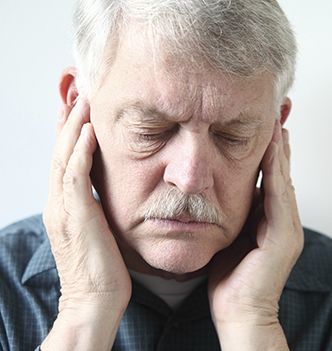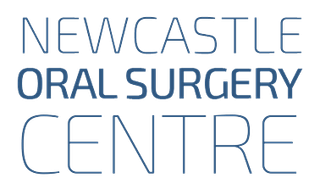TMJ Surgery
TMJ or the ‘temporomandibular joint’ is where the lower jaw connects to your skull. If you position your fingers in front of your ears you can feel the joint move as you open and close your mouth. When chewing, this joint allows you to move your mouth from side to side. The surrounding and attached muscles control jaw movements whilst chewing and talking. TMJ disorders involving the muscles and surrounding tissues often cause pain and restriction of jaw movement.
TMJ disorder may sometimes result from an injury to the jaw, which may disrupt the motion of the jaw causing pain or locking of the joint. The joint can also be affected by osteoarthritis and rheumatoid arthritis. Clenching or grinding of the teeth caused by stress can also cause and exacerbate TMJ disorders, as can poor occlusion (position of teeth when jaws are closed).

There are a range of symptoms caused by the TMJ disorder. These include the following:
- Difficulty opening the mouth
- Limited range of jaw movement
- Locked jaw
- Clicking, grating or popping noises from the joint
- Pain when chewing or opening widely
- Clenching and grinding of teeth
Other symptoms may also be associated with the disorder:
- Earaches
- Pain in or around the ear and cheeks
The first step in treatment of TMJ disorders is to have the condition correctly diagnosed. As TMJ disorders can be affected by many factors, diagnosis may need a specialist as Dr Reed. Consultation with Dr Reed to firstly diagnose the disorder and then to discuss an appropriate treatment plan is important to alleviate your pain and improve jaw function.
Some simple non-surgical treatment options include the following:
- Soft food diet
- Resting the jaw (avoid yawning, talking and chewing)
- Occlusal splint therapy (appliances usually worn at night to help jaw muscles relax)
- Hot packs – hot packs helps relax muscles.
The most common surgical treatment for TMJ disorders is an arthroscopy, usually carried out under a general anaesthetic. This procedure allows the surgeon to insert a miniature telescope into the joint space to reduce inflammation and also look for any pathology within.
